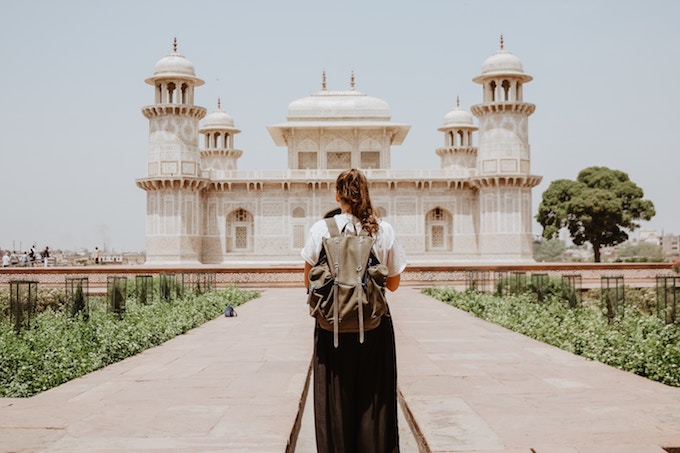The vast plains, a chance to spot the legendary Big Five, and the great migration, one of the natural world’s most incredible phenomena – a safari tour in either Masai Mara or Serengeti National Park is one of those life-changing experiences that only come around every so often, but you’ll remember for the rest of your life. But if you can only visit one of the two, how do you decide where your next adventure is waiting? Fear not, lucky traveller – we’ve broken down the question of Serengeti vs Masai Mara for you here.
| Serengeti | Masai Mara | |
|---|---|---|
| Size | 14,750 km² | 1,510 km² |
| Location | Tanzania | Kenya |
| Famous Sites | Hippo Pool, the Great Migration | Traditional Maasai villages, walking safaris |
| Fees | $60 USD per adult, per day; $20 USD per child aged 5-16 per day | $70 USD per adult, per day; $45 per child aged 3-11 per day |
Everything You Need to Know About Serengeti National Park
Where is Serengeti National Park?
Serengeti National Park is located in Northern Tanzania, in the shadows of Mt. Kilimanjaro. At an impressive 14,750 square kilometres, Serengeti National Park is home to millions of animals, making it one of the most popular safari destinations in the world.
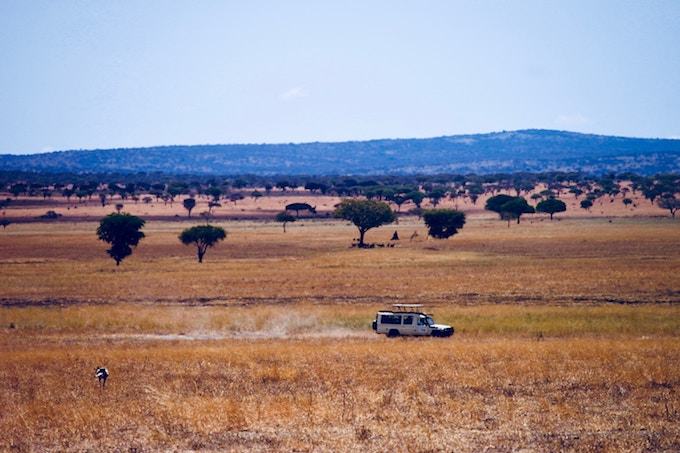
Why you need to visit Serengeti National Park
The word Serengeti comes from the Maasai word siringet, which means “the place where the land runs on forever.” If that doesn’t sound magical enough, the list of experiences available to travellers in the park seem to also go on forever! Not only will travellers often have an easy time of spotting the Big Five (lions, leopards, elephants, giraffes, and buffalo), they can experience the park through hot air balloon safaris as well as overland journeys, and they’ll be a stone’s throw away from Mt. Kilimanjaro. For a classic safari experience, Serengeti National Park is often a great choice!
When to visit Serengeti National Park
It’s a nearly universally-accepted fact that the best time to visit Serengeti National Park is during the Great Migration, when over a million wildebeest travel from the park in search of food and water. If you’d like to time your visit with this incredible event, it takes place from January to March. However, it should be noted that Serengeti National Park is a year-round destination, and travellers will almost always be able to witness amazing animals in their natural habitat.
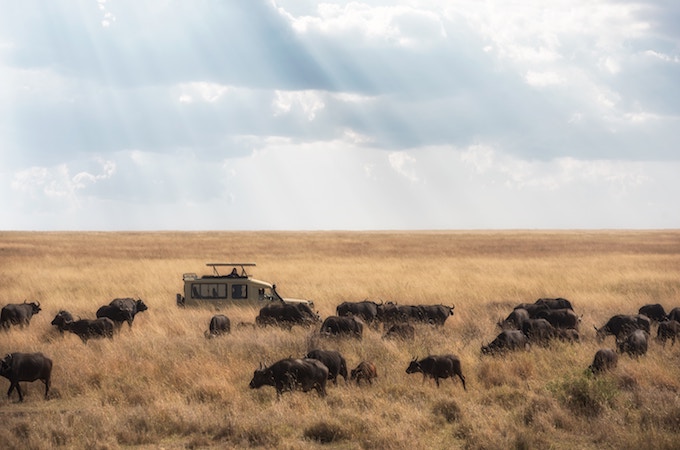
What to do in Serengeti National Park
- Experience the Great Migration, from January to March
- Try to spot newborn animals from December to February
- Set out in search of the Big Five
- See things from a new perspective on a hot air balloon safari
- Walk along an educational trail at the Serengeti Visitor Center
Everything You Need to Know About Masai Mara National Reserve
Where is Masai Mara National Reserve?
Located along the Kenya’s southwestern border, Masai Mara National Reserve is home to millions of animals that make this 1,510 square kilometre park a major safari destination. However, Masai Mara National Reserve is also home to Maasai villages, where travellers are welcome to visit and experience their culture and lifestyle in exchange for a fee.
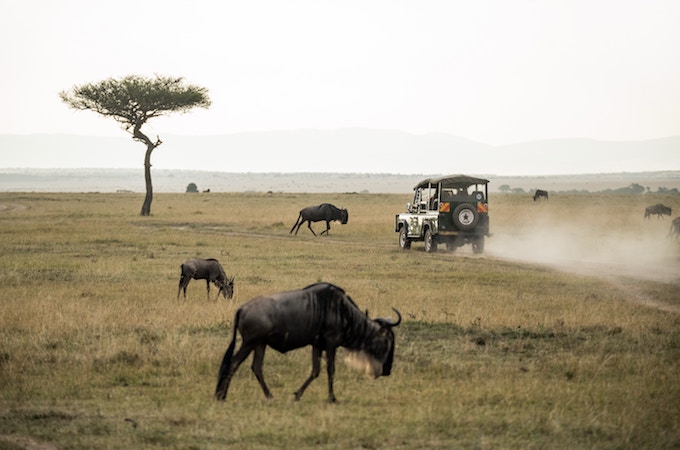
Why you need to visit Masai Mara National Reserve
If Serengeti National Park is the vast gateway to the animal kingdom and the adventurous Kilimanjaro, Masai Mara National Reserve is a smaller, more contained area marked by a higher density of trees and a hilly landscape. Here, the millions of animals who travel north during the Great Migration from Serengeti National Park find water and safety, and witnessing these creatures surrounding a watering hole is an experience like none other. Travellers are able to glimpse the Big Five in this reserve as well, and the smaller area can occasionally mean better visibility with a higher concentration of animals.
When to visit Masai Mara National Reserve
For the best chance of viewing the Big Five in their natural habitat, visit during the dry season, when grasses are low and animals congregate in large numbers around available watering holes. The dry season takes place from late June to October in Kenya, and as a major added bonus, the Great Migration will reach the reserve by July. Masai Mara National Reserve is a year-round destination for safari-goers, but travellers should note that, during the rainy months of March through May, rains can be continuous and some lodges and camps will be closed.
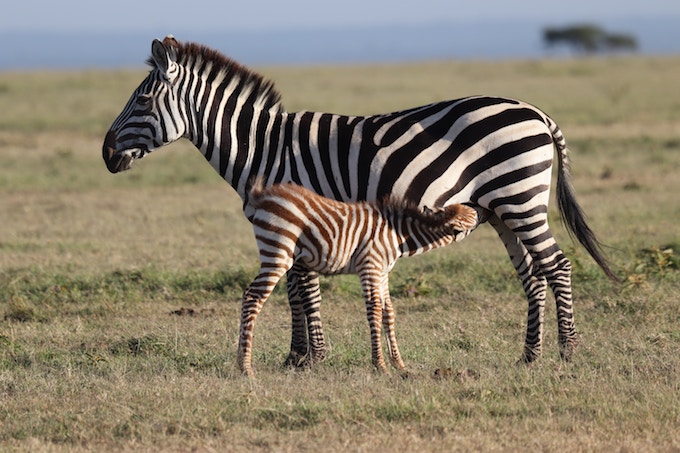
What to do in Masai Mara National Reserve
- Try to spot the Big Five
- Visit a traditional Maasai village and get to know the local population
- Walk through the reserve with a local guide to really experience its beauty up close
- Camp overnight amongst the animals
- Witness the end result of the Great Migration, when millions of wildebeest, zebras, and gazelles find fresh water and give birth to their young
Whether you end up travelling to Serengeti or Masai Mara National Park, you’re sure to have an incredible safari experience. While it may be difficult to narrow down your decision, there’s truly no wrong answer here! However, always keep in mind that Serengeti National Park and Masai Mara National Park actually share land – the only difference, in some places, is the border between Tanzania and Kenya, so it may be easier than you think to fit both parks into your next trip itinerary!

